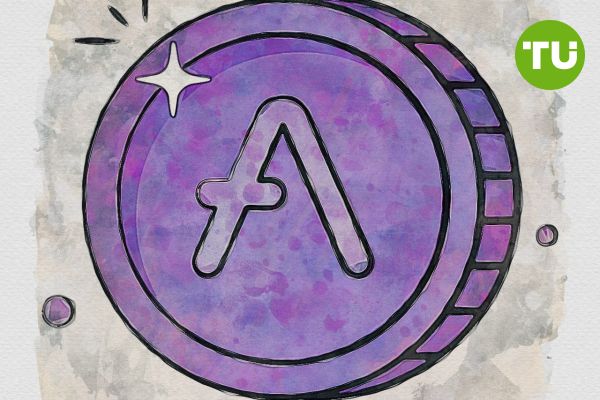Aave DAO considers exit from Polygon over proposed risk parameter changes
 Aave DAO considers exit from Polygon over proposed risk parameter changes
Aave DAO considers exit from Polygon over proposed risk parameter changes
The Aave decentralized autonomous organization (DAO) is evaluating a potential exit from the Polygon network.
This move follows a Dec. 13 proposal by Aave chain founder Marc Zeller, who suggested revising risk parameters for Aave’s v2 and v3 deployments on Polygon. The changes come in response to Polygon's governance proposal to deploy over $1 billion in stablecoin reserves into yield-generating vaults.
Zeller’s proposal aims to mitigate risks associated with bridge vulnerabilities, a recurring issue in decentralized finance (DeFi). Key measures include reducing loan-to-value (LTV) ratios to 0%, freezing specific reserves, and increasing reserve factors. These changes would prevent users from using bridged assets as collateral, reducing the likelihood of cascading liquidations in case of a bridge exploit.
Assets affected by the freeze would include bridged tokens like USD Coin (USDC.e), Wrapped Ether (wETH), and stablecoins like Tether (USDT) and DAI. Aave, which has $461 million in total value locked (TVL) on Polygon, generates approximately $122 million in cumulative fees on the network, making this decision critical for its users and the broader DeFi ecosystem.
Controversial governance proposal
The backdrop for Aave’s proposal is a governance initiative led by Allez Labs, Morpho Association, and Yearn protocol to optimize Polygon's $1.3 billion in idle stablecoin reserves. The strategy proposes deploying these funds into Ethereum-based yield-generating vaults to earn an estimated 7% annual return, potentially unlocking $81 million in yearly revenue.
However, the idea has sparked community opposition, with concerns about added risks for stablecoin holders who use Polygon’s Proof-of-Stake (PoS) bridge. Critics argue that deploying funds into vaults would expose users to risks without offering corresponding rewards.
Aave’s potential departure from Polygon highlights growing concerns over the security of blockchain bridges, which have been frequent targets for exploits. Between 2021 and 2022, cross-chain bridge vulnerabilities accounted for over 50% of DeFi attacks.
As discussions unfold, the outcome will have significant implications for Aave, Polygon, and the broader DeFi ecosystem, underscoring the need for robust security measures and transparent governance in navigating the evolving landscape of decentralized finance.
Read also: Ubisoft integrates ENS for decentralized gamer identity in Captain Laserhawk













































































































































